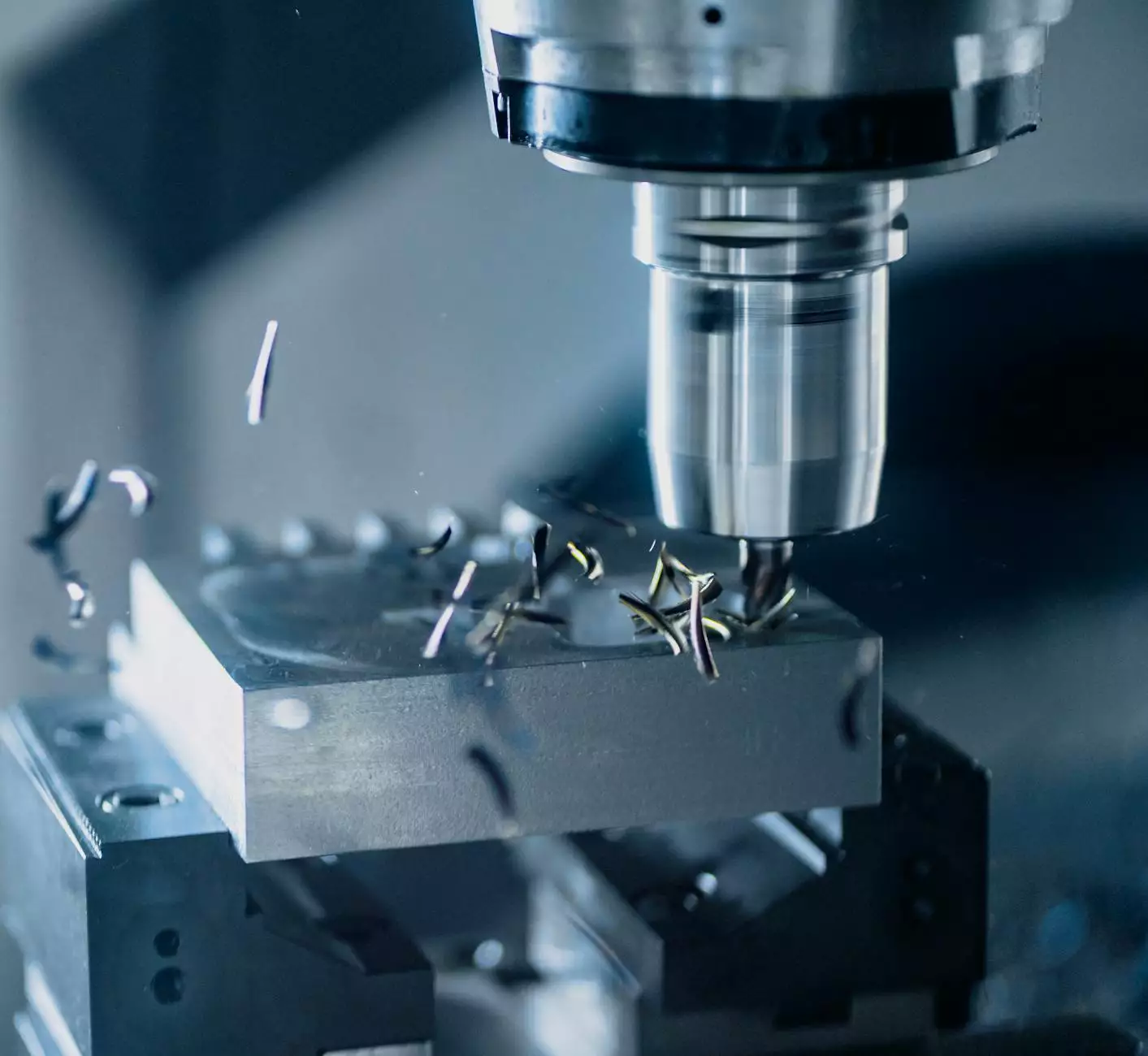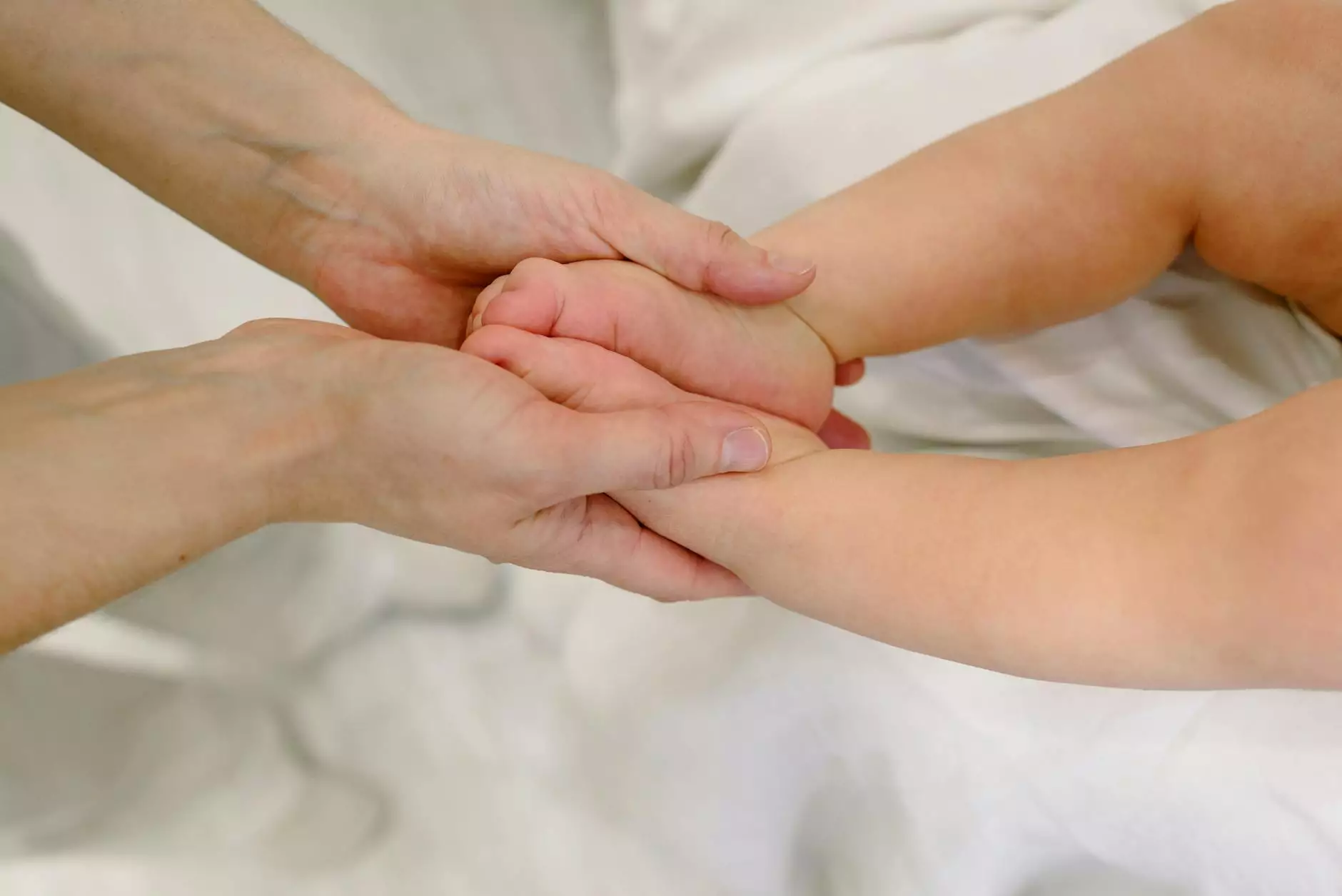Rhinoplasty Before and After: A Comprehensive Exploration

Rhinoplasty, more commonly known as a nose job, is one of the most popular cosmetic procedures worldwide. Many individuals seek this surgery to enhance their facial features, improve breathing, or rectify congenital defects. However, understanding the transitional journey of rhinoplasty—particularly the changes observed before and after the procedure—is crucial for anyone considering this intervention. Here, we delve into the specifics, benefits, and intricacies of rhinoplasty.
What is Rhinoplasty?
Rhinoplasty is a surgical procedure designed to alter the shape or function of the nose. The reasons for undergoing rhinoplasty vary, and they can be broadly categorized into aesthetic and functional motivations:
- Aesthetic Reasons: Many patients seek rhinoplasty to achieve a more aesthetically pleasing nose, correcting issues like a hump, bulbous tip, or asymmetry.
- Functional Reasons: In some cases, individuals opt for rhinoplasty to improve breathing difficulties caused by structural issues, such as a deviated septum.
The Rhinoplasty Process
Before diving into the before and after transformations, it's important to understand the process. The typical steps involved include:
- Consultation: This is where patients discuss their goals with a qualified surgeon, who will evaluate their case and discuss potential outcomes.
- Preoperative Preparations: Patients may need to complete certain medical tests and follow specific guidelines to ensure safety during surgery.
- Surgery: Rhinoplasty is performed under anesthesia, either using local or general anesthesia, depending on the complexity of the case.
- Recovery: Post-surgery, patients will follow care instructions to promote healing and achieve the best results.
Rhinoplasty Before and After: What to Expect
The most notable aspect of rhinoplasty is the transformation it can bring. Observing rhinoplasty before and after images showcases dramatic changes, often leading to significant improvements in one’s self-esteem and confidence. Here’s a detailed look at what can be expected:
Physical Transformations
Many patients report notable changes, including:
- Improved Nose Shape: A common change seen in before and after images is a well-defined nose that complements the patient’s face.
- Enhanced Facial Harmony: Changing the nose has a ripple effect on the entire facial structure, creating a more balanced appearance.
- Correction of Cosmetic Defects: Many patients find relief from insecurities tied to specific nasal features.
Emotional and Psychological Benefits
Beyond physical changes, rhinoplasty can lead to profound emotional transformations:
- Boosted Self-Confidence: Many patients experience a significant increase in self-esteem post-surgery. A flattering nose shape can enhance overall appearance.
- Improved Quality of Life: For those with breathing difficulties, correcting structural issues can lead to a healthier lifestyle.
- Social Impact: Patients often report feeling more comfortable in social settings, leading to improved interactions and relationships.
The Recovery Timeline: From After to Beautiful
Understanding the recovery process is crucial for prospective patients. While many are eager to see the transformations in their rhinoplasty before and after experiences, patience is key. Here's what to expect during recovery:
Initial Days Post-Operation
The first week following surgery is critical:
- Patients will experience swelling and bruising, making it essential to follow recovery instructions carefully.
- Pain is manageable with prescribed medications, and cold compresses can alleviate discomfort.
Weeks Two to Four
After the first week, most physical symptoms begin to diminish. By the end of the second week:
- Swelling will continue to subside, allowing for clearer visibility of the new nose shape.
- Most patients can return to regular activities, avoiding strenuous exercise and heavy lifting.
Long-Term Recovery and Results
While initial results may appear promising, the true final results of rhinoplasty take time, often up to one year, to fully develop:
- Final results will settle as swelling completely dissipates.
- Patients should maintain follow-up appointments with the surgeon to monitor progress.
Choosing the Right Surgeon for Your Rhinoplasty
One of the most critical aspects of the rhinoplasty journey is selecting a qualified surgeon. Here are some tips:
- Research Credentials: Look for board-certified plastic surgeons with a specialization in rhinoplasty.
- Review Before and After Photos: Evaluating previous patients’ results can provide insight into what outcomes might be achievable.
- Read Reviews and Testimonials: Patient feedback can inform about the surgeon’s skills, bedside manner, and results.
Cost Considerations
The cost of rhinoplasty varies based on the complexity of the procedure, the surgeon’s expertise, and the geographical location. On average, patients can expect to pay between $5,000 and $15,000. It's crucial to consider:
- Inclusions in the total cost (such as anesthesia, facility fees, and post-operative care).
- Exploring financing options if necessary, as many clinics offer payment plans.
Conclusion: Embarking on Your Rhinoplasty Journey
Deciding to undergo a rhinoplasty is a personal and significant venture. By understanding the transformative impacts and being aware of the rhinoplasty before and after scenarios, you can make a informed decision. Always prioritize a thorough consultation with your surgeon, ensuring your expectations are realistic and achievable.
With the right approach, rhinoplasty can not only improve your nose's appearance but also enrich your overall quality of life. For expert guidance and additional information about cosmetic procedures, including rhinoplasty, visit us at clinichealthbeauty.com.









